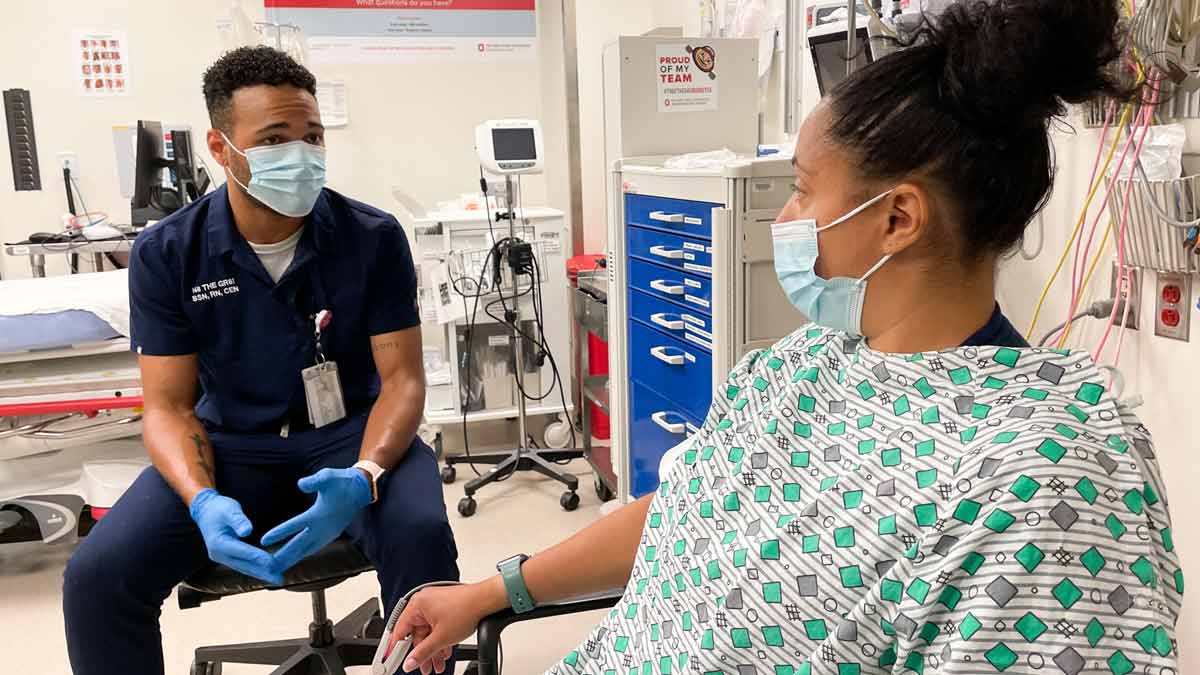Don’t forget to take this to your next doctor visit

Have you ever had trouble trying to explain to your doctor exactly what has been bothering you? Have you ever realized later that you forgot to mention an important detail of your symptoms during a visit? Have you ever left the doctor’s office feeling confused or uneasy about your recommended treatment?
If you answered “yes” to any of these questions, rest assured, you are not alone.
“Most patients do not typically sit down and think about what they want to accomplish or what their exact symptoms are,” says Donald Cegala, PhD, Emeritus Professor of Communication and Family Medicine at The Ohio State University.
Professor Cegala has been researching doctor-patient communication since the 1990s. He came up with a system to help physicians and patients understand each other better and communicate more efficiently with one another.
It’s called PACE and it has been a resource used by several researchers and patients around the country and abroad, including the Department of Family and Community Medicine at The Ohio State University Wexner Medical Center. Read the details to see if it is something that would work for you.
The PACE system covers four different patient communication skills:
Present detailed information about your symptoms.
Fill out this form before your doctor’s appointment to help you remember things like what makes your symptoms better or worse.
“Since doctor’s appointments are often limited to 15 to 20 minutes, having this information all ready to present to them gives doctors more time to talk patients through the diagnosis and suggested treatment,” says Professor Cegala.
Ask lots of questions.
Research shows that patients ask very few questions during a medical visit, even if something is not clear.
Tip: Professor Cegala recommends you write down a few questions related to your concerns ahead of time.
Check your understanding of information given to you.
It almost goes without saying you shouldn’t leave the doctor’s office without being sure you understand what the doctor just told you. Unfortunately, says Professor Cegala, many patients do just that.
The doctor, for example, may use technical terms when explaining a diagnosis or prescribing a complex treatment regimen.
Also, when you are anxious or scared, you tend to miss details.
The PACE system encourages patients to summarize, using their own words, what their understanding of the diagnosis is and what the recommended treatment involves.
Professor Cegala adds that repeating what the doctor said decreases the likelihood of misunderstandings from happening in the first place.
Express any concerns about the recommended treatment.
Finally, what happens if the treatment causes side effects or if you don’t like how it affects certain aspects of your life, such as diet or physical activity? Professor Cegala says the risk is that a patient would self-medicate, for example by changing or not following the treatment.
By being honest with your doctor about your concerns, you can work together to find an alternative drug or a completely different type of treatment regimen, if available.
Give it a try! It works!
Research has shown that patients who follow PACE guidelines provide more information to their physicians, ask more questions, better understand their recommended treatment and are more likely to follow it.




